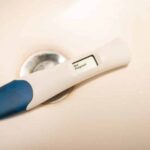After you have your baby, you will want to use an herbal sitz bath to heal your perineal region, such as, this includes any cuts or tears that may happen during labor.
I know how much that sounds like it will hurt, so trust me, having herbal sitz bath supplies on hand after childbirth will be one of your greatest tools while healing.
Taking a sitz bath with herbs might seem confusing, but it is one of the most versatile ways to help your body heal – you can find a way comfortable for you.
You can use the sitz bath tea in various ways that suit what supplies you have available, and what will be the most comfortable way to incorporate them.
In summary, sitz bath herbs help ease the undesirable symptoms to your female region after having your baby; uterus, labia, perineum, and your bottom. Sitz bath herbs can even fight off postpartum infection.
The most practical way to incorporate herbal sitz bath herbs is through one of the following ways: a peri bottle, padsicles, a shallow herbal sitz bath, or homemade padsicles.
Below, I will go over how to make each of these methods for your own postpartum care. It’s possible to utilize fresh homegrown and dried herbs right at home.
Out of all five of my children, the healing I spent as a postpartum mother was the most enjoyable when I grew my own herbs at home.
Which herbs to buy for an herbal sitz bath concoction
View in gallery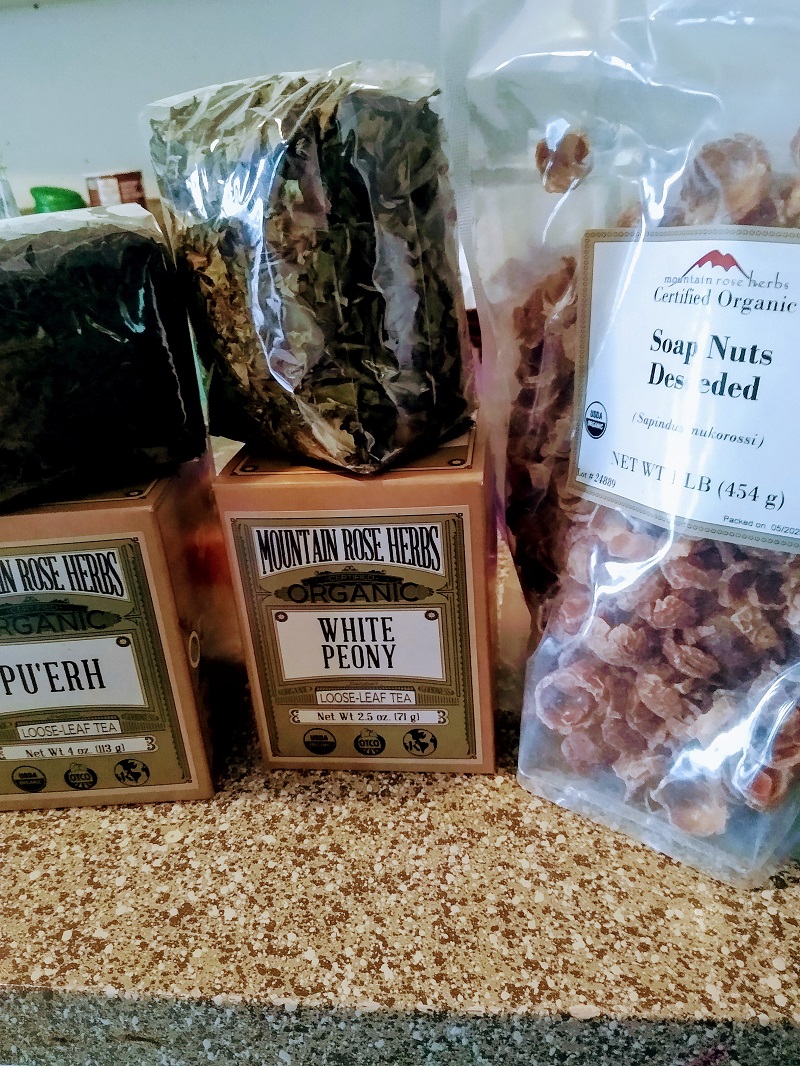
All of the herbs that you’ll use for an herbal sitz bath provide healing to your body through the medicinal properties formulated in the herbs naturally.
Whether it be antiseptic or simply soothe your skin, each herb is included for different reasons.
Most herbs offer more than one healing agent, bringing powerful healing care to your perineal region.
The herbs mentioned below are most commonly used in a postpartum sitz bath.
- Comfry
- Lavender flowers
- Plantain leaf
- Red Raspberry leaf
- Yarrow flower
- Calendular flower
- Shepard’s purse
- Uva Ursi leaf
- Sea salt
Below are the most common ways to incorporate these herbs into your postpartum healing plan.
The 1st way to include sitz bath herbs into your postpartum healing is to take a shallow herbal sitz bath in your regular bathtub or a basin
There are two really good way’s to take a postpartum herbal sitz bath – the first is in your regular bathtub – and the second is in a shallow basin in the room you’ve chosen to spend the most time healing in after giving birth.
Either way offers the same benefits, so what it comes down to is how much you’re able to get around after having your baby. Ask yourself if it’s attainable to walk to, and get in your own bathtub. If not a bedside basin might work better for you.
Don’t worry if you’re unsure what method to use, or don’t have a basin on hand right after giving birth. There are other way’s to apply your sitz bath herbs such as a peri bottle or a padsicle.
The purpose of every single one of these methods is to introduce the healing sitz bath herbs to your genital region for healing. Even in small time frames of applying them, you offer your body a massive amount of healing.
How to take an herbal sitz bath in your bathtub
For each individual bath, measure out roughly one cup of the combined herbs. Boil a pot of water on the stove, and pour it over the herbs once it has come to a boil. You will simply steep the herbs, just as you do a cup of tea for 5-6 minutes.
When you’re ready to add them to your bath, you can strain the herbs with a small strainer or a bit of cheesecloth and then add the liquid to your bath.
Soak in this shallow herbal sitz bath for 20 minutes or as long as you’d like to.
The 2nd way is to make padsicles with the sitz bath herbs that you can wear in your underwear during the postpartum healing period
Padsicles are not only soothing but can be made suitable to how you’re feeling that moment of your postpartum care. They don’t require you to do anything on the spot besides take them out of the freezer to slightly thaw, and apply to your underwear.
Making padsicles at home is simple and you can include your older kids in making them
To make padsicles you will need the following:
- 4 tbspns of organic witch hazel (cucumber or lavender-infused works for this)
- Maxi pads that you like and preferably without any chemicals
- Freezer safe bags to store your pads prior to giving birth
- Aloe vera (homegrown or store-bought)
- Thyme
- Goldenseal
- Rosemary
- Lavander
- 2tbspns Comfry and calendula
Go ahead and use the same herbal tea brew recipe that you did for the sitz bath herbs to infuse into your padsicles
View in gallery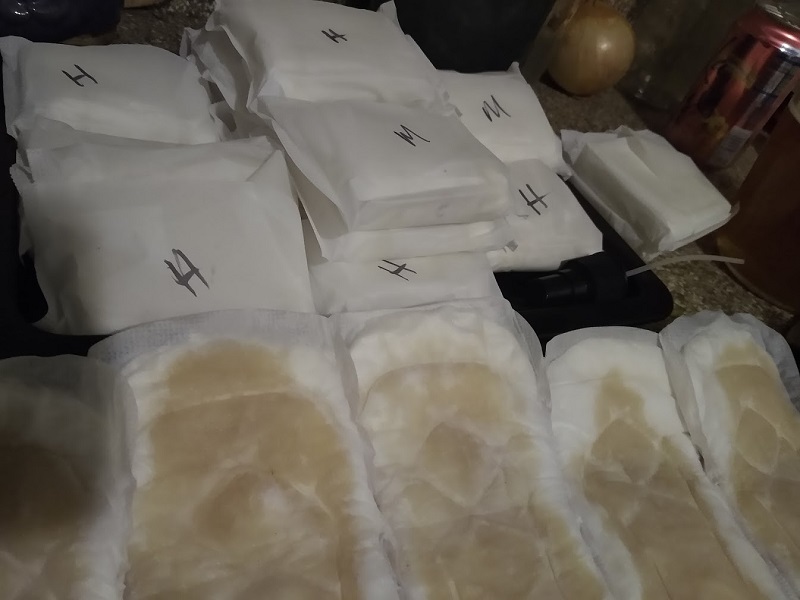
Combine all of the herbs, in this recipe you can use fresh or dried herbs. First, you will boil enough water to cover the herbs in a large glass jar. After you have covered your herbs with the hot water – steep for 30-35 minutes and strain.
Use your spray bottle to squirt the herbal tea onto the pads, if you would like to add aloe onto your pad, simply apply a thin layer after you’ve put the sitz bath spray onto the pad.
It helps to lay out the entire package of pads on a cookie sheet, spray the tea concoction, apply the witch hazel, and then apply aloe.
When you have all the ingredients you’d like on your pad, fold up the pad and close it in the original package. Then store it in a freezer-safe bag, padsicles can remain in your freezer for many months so you can use them whenever you’d like to.
The 3rd way to utilize your sitz bath herbs for healing is to put the herbal tea in a peri-bottle that you can use when urinating
[amalinkspro type=”showcase” asin=”B081ZH2XHB” apilink=”https://www.amazon.com/dp/B081ZH2XHB?tag=mominformedcom-20&linkCode=osi&th=1&psc=1″ new-window=”true” addtocart=”false” nofollow=”true” sc-id=”4″ imgs=”LargeImage” link-imgs=”false” specs=”SOOTHING PERI CLEANSER FOR NEW MOMMIES- Cynpel brings new-mommies a super convenient way to help soothe and clean the perennial area after birth- the Cynpel Peri Bottle an easy-to-use, portable bidet, complete with a retractable nozzle, nozzle cover and a waterproof travel bag.~~~SMART DESIGN- Fill with warm water, hold upside down and enjoy a soothing spritz of freshness during those not-so- comfy moments in your first postnatal months. With an angle nozzle that features 10 holes instead of the average 6, you get pinpoint accurate relief, with no guesswork or struggle to get it right.” btn-color=”#ff9900″ btn-text=”Check Price” alignment=”aligncenter” hide-prime=”0″ hide-image=”0″ hide-price=”0″ hide-button=”0″ width=”750″]Peri Bottle for Postpartum Perineal Care[/amalinkspro]
I believe a peri bottle is the best way to use sitz bath herbs. A peri bottle can be used along with the other methods of sitz bath herbs to get the biggest benefit from the herbal remedy.
You can place a peri-bottle next to your toilet, and I recommend having one ready for the first time you have to pee after giving birth.
Using a warm or room temperature peri-bottle of sitz bath herbs minimizes the stinging of any cuts or bruising you have accumulated during childbirth, and speeds up your healing process.
The first time you go to the bathroom after giving birth will be a lot, for some reason directly after giving birth your body immediately starts losing fluids.
This leaves your body in the form of sweat and urine. Be prepared to force yourself to go pee slowly the first few times.
During the first week place a peri-bottle next to your toilet and squirt it onto your labia and urethra before the urine comes out, to moments after you’re done peeing.
To do this, brew a few quarts of sitz bath herbs the week you’re supposed to have your baby and store it in the refrigerator for the day you give birth. The tea concoction will last up to 2-weeks in your fridge defrosted.
Refill the peri-bottle as needed, and warm the liquid under hot water or cool it to your liking. This is the biggest trick in the sitz bath herbs homebirth handbook.
Having a patio or yard to grow your own postpartum herbal garden is rewarding but you can also purchase herbs online or at a local health food store
View in gallery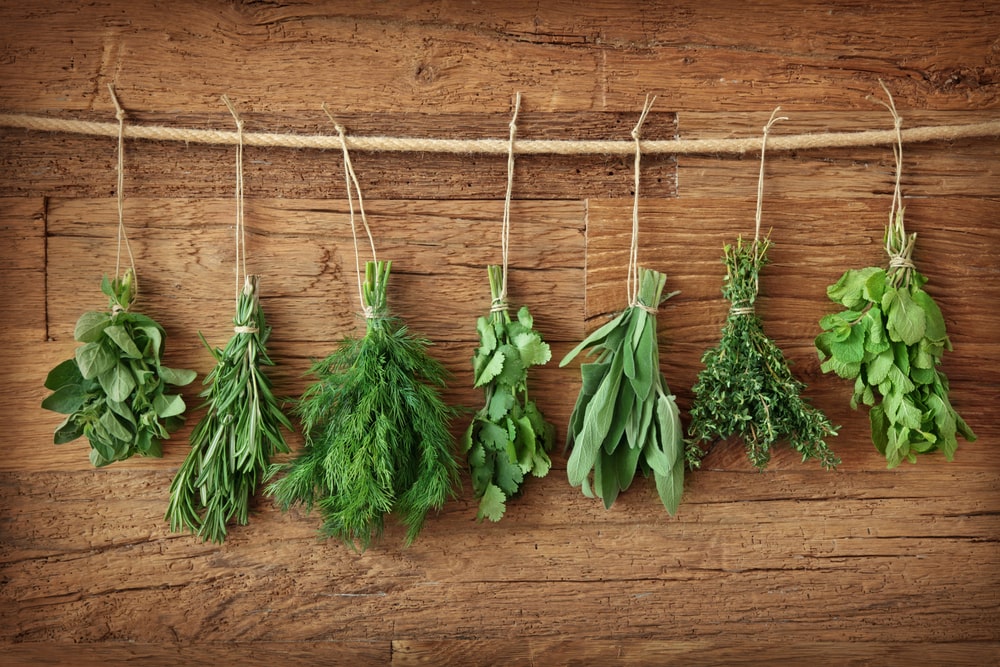
The truth is that finding the right mixture of herbs for a postpartum herbal sitz bath isn’t hard, as mentioned above you can even grow them yourself.
With my 5th pregnancy, I started a small herb garden on my back porch that consisted of most of the herbs that I needed for my herbal sitz bath brew.
Any herbs that I couldn’t grow in a pot on my cement porch patio – I reached out to the garden community in my area to ask to harvest from neighbors who had an abundance of herbs.
I had all of the herbs inside small pots, and I would harvest them roughly every two weeks.
I started my herb garden when I was 7-months-pregnant so that I had enough time to gather enough herbs for one week worth of herbal sitz bath and padsicles.
If you decide to grow your own herbs at home, make sure to give yourself enough time for the herbs to grow and mature.
Harvest the herbs at the right time if you decide to grow them at home
Each herb will have a different timeline of when to harvest it – and when to leave it growing – you should research beforehand to understand the plants you choose to grow. Most herbs are the most potent right before they would otherwise bloom.
If you’re having your baby during the winter month’s you can research how to grow an indoor garden – and ask your community for trimmings to propagate your own plants indoors.
To dry the freshly harvested herbs you’ve grown at home, you can use 2 different methods
View in gallery
If you grow the herbs at home in your garden, you can dry them with a dehydrator. To do this you will rinse the herbs in cold water, pat them dry, and then cut the large stems or stalks off.
Place all herbs in the dehydrator with the biggest leaves and flowers on the bottom rack and then the smaller cuttings on the top rack. The other method is the paper bag method – both methods are explained below in detail.
You can’t just leave herbs sitting out because mold could infect your herbs easily.
Since you’ll be using these herbs on your genital region, mold is the last thing you want to grow on your herbs. Fresh mold-free herbs are best for your postpartum herbal concoction.
The Dehydrator Method
Another well-known way to dry your herbs is by using a dehydrator – if you have one on hand – or you can purchase one at most thrift stores inexpensively. If you would like one brand new they are online as well.
First, you will wash and trim the herbs to ensure they’re clean
Set up your dehydrator by placing it in a safe place it can sit for a few hours to a few days. In the meantime, rinse your herbs with clean water in the sink and lay them on a hand towel to dry.
Next, you will trim the herbs appropriately and fit them into the dehydrator
Trim any large stems, and avoid putting any oversized stems or branches in your dehydrator.
You want each section to be about 3inches long before going into the dehydrator. You will need to cut the herbs at your discretion – there is no right or wrong way.
Don’t pluck all of the herbs’ leaves off of the branches, it will make them too small to sit on the trays within your dehydrator.
You need to be able to lay your herbs across the tray without anything falling through – keep in mind that herbs become slightly smaller once they dry out.
Lastly, you will turn the dehydrator on and keep track of how long they have been drying for
Once you have laid the clean herbs on the trays of the dehydrator in the following order; big leaves on the bottom tray and smaller pieces on the top tray – go ahead and secure the dehydrator lid, and turn it on.
Most herbs dry well between 95 – 115 degrees Fahrenheit – if you live in a region with high humidity you might need to set your dehydrator to 125 degrees Fahrenheit.
Leave them to dry for up to 36 hours, be sure to check on them periodically to ensure they are not burning.
Paper Bag Method
After you’ve harvested your herbs it’s time to dry them. If you don’t have a dehydrator you can put them in a paper bag and hang them in a warm dry spot in your home to dry.
First, you will wash and cut the herbs
Rinse your herbs in water, and cut off any extra-long stems otherwise connected to roots. Grab 8-10 stems of plants and bundle them together – tie a hemp string or a rubber band around the end.
Next, you will place them in the paper bag and close it to dry
Poke a few holes in the bag for air to ventilate as needed. Then, slide your bundle of herbs inside of the paper bag stem side facing up.
Then tie the paper bag off with a string and hang it to dry
Hang the bag by the stem end in a well-ventilated warm room – indoors. Leave it to dry for a timeframe of just under one week or as long as needed. Most herbs are ready to hang in one week.
When your herbs are dry they will crumble to pieces
When dry, the herbs will crunch easily in your fingers falling to crumbling pieces. Herbs that are not dried thoroughly could end up molding in jars or bags if they aren’t used right away.
If your herbs seem a little harder to break and stay together they may not be all the way dehydrated.
View in gallery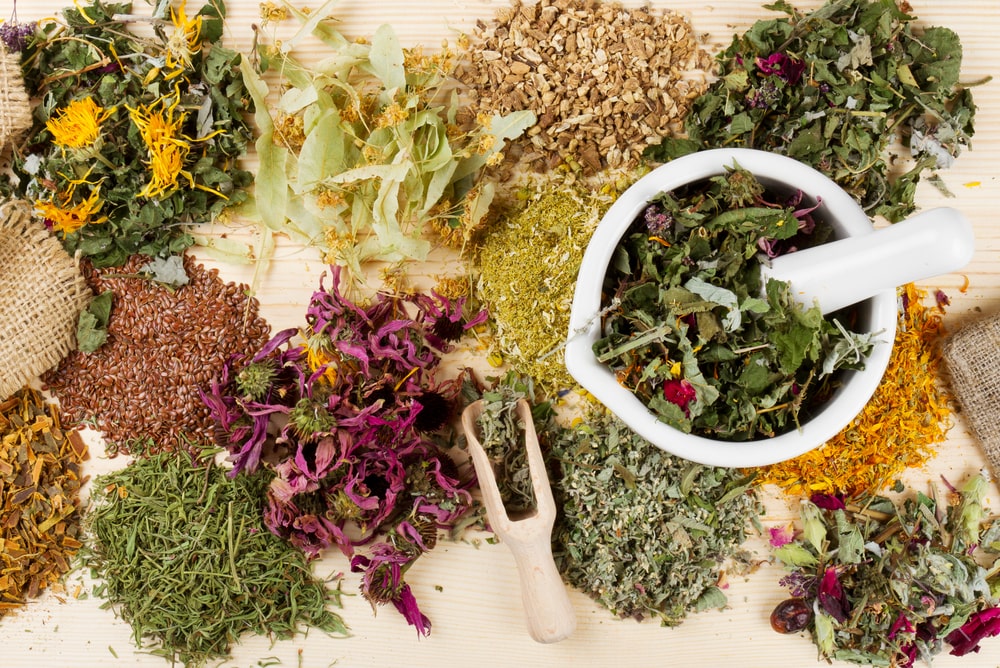
In Conclusion
Sitz bath herbs offer an abundance of healing properties. Yoni care after having your baby is one of the most important days to take care of yourself if you want long-term healing.
If you can implement sitz bath herbs at any point in time postpartum it’s a wonderful tool to fight off potential infections, and help your female region return to a pain-free healthy space on your body.
Keep in mind that postpartum takes weeks, and you can’t expect your lady parts to look the same color or feel the same prior to giving birth.
It could take up to 12-weeks to feel remotely similar to how everything had before having your baby. Take a deep breath and allow the healing to happen from deep within to the surface area that you feel, see, and know.




